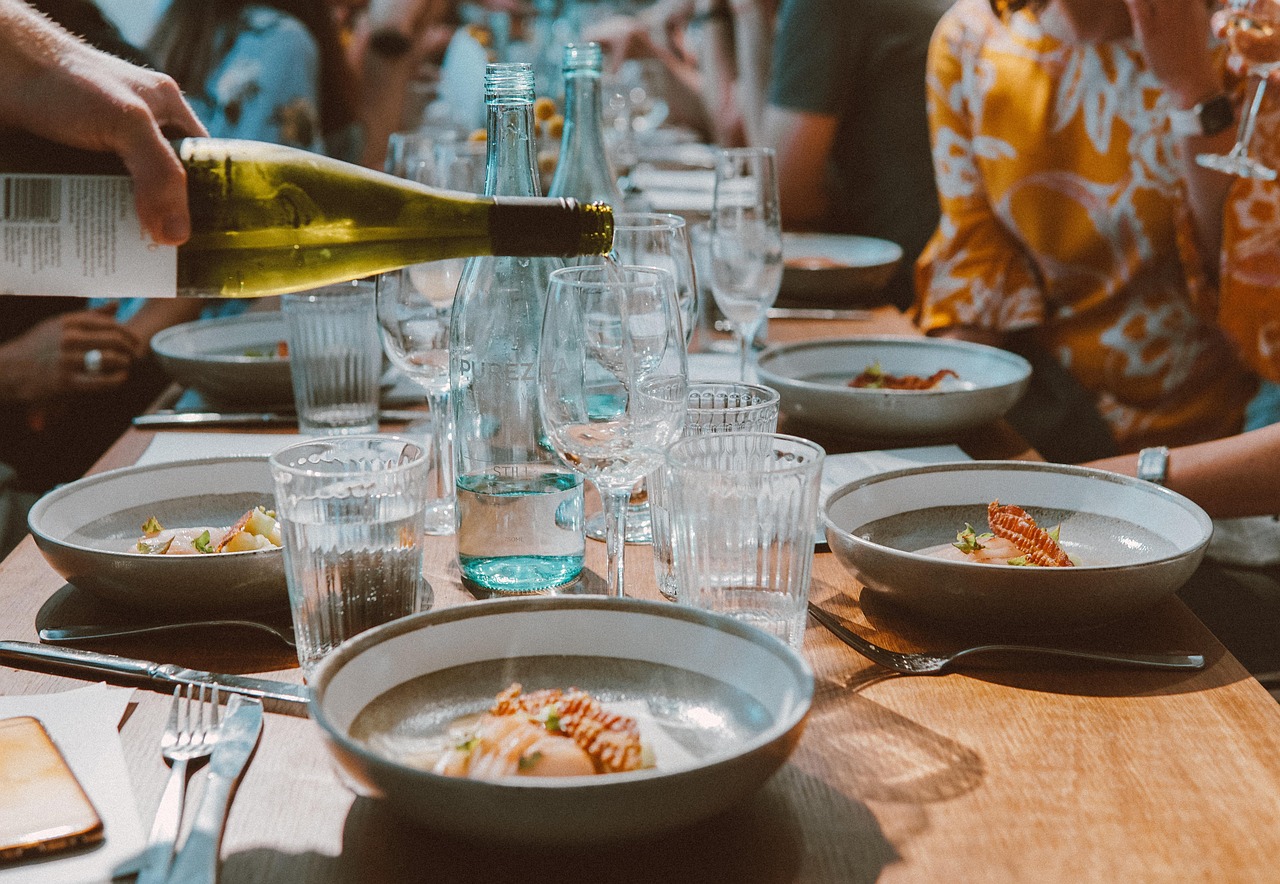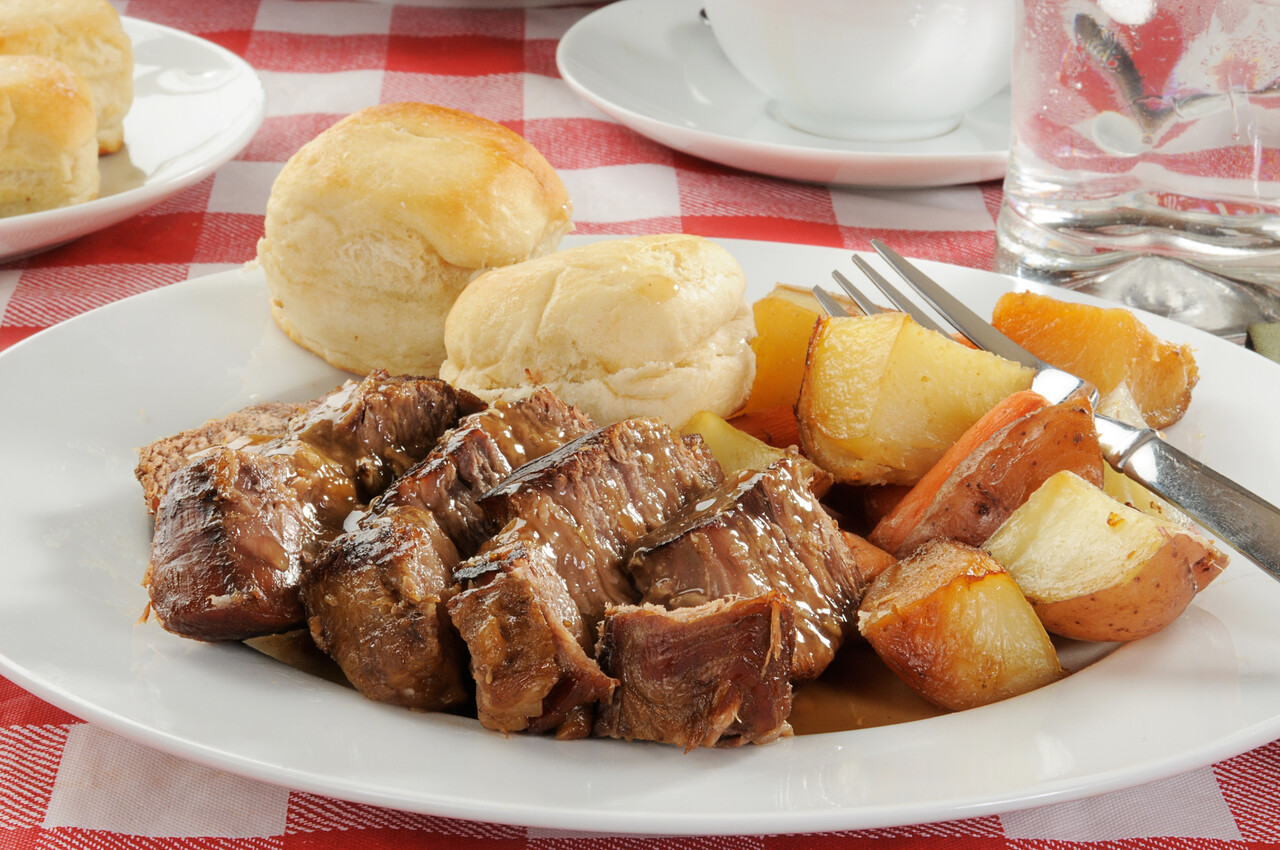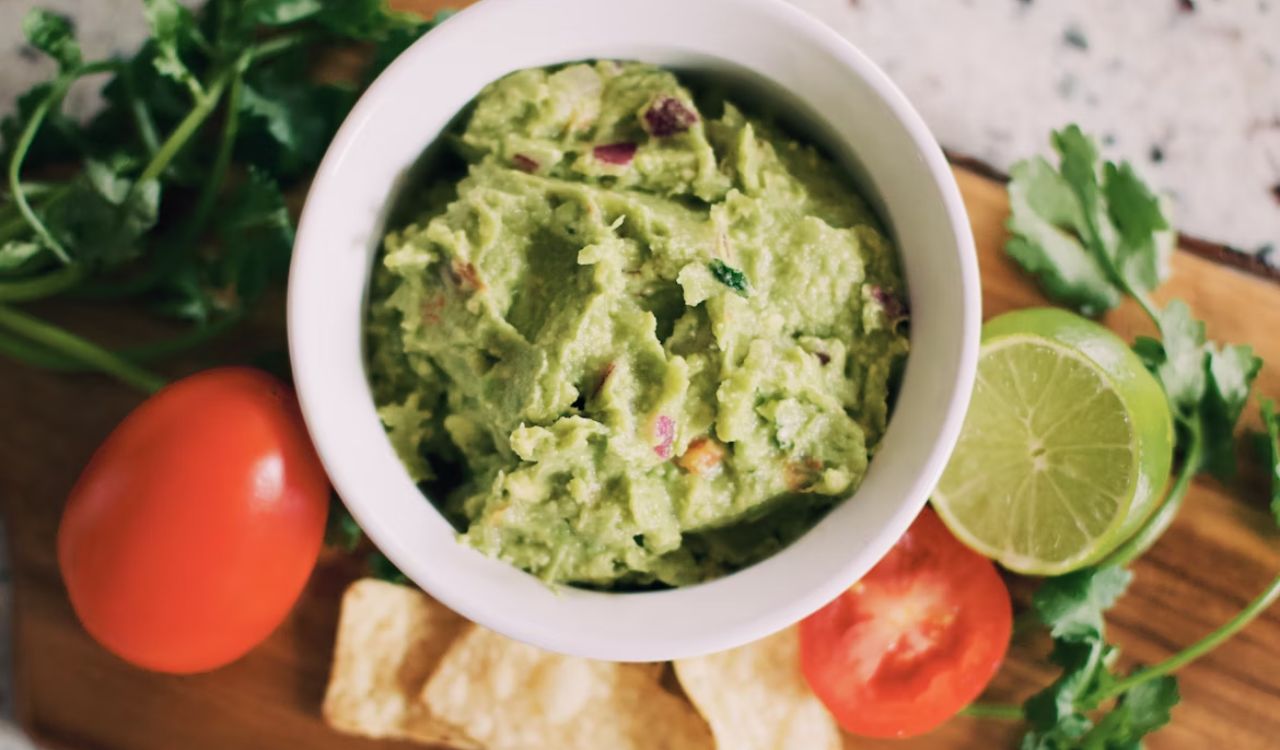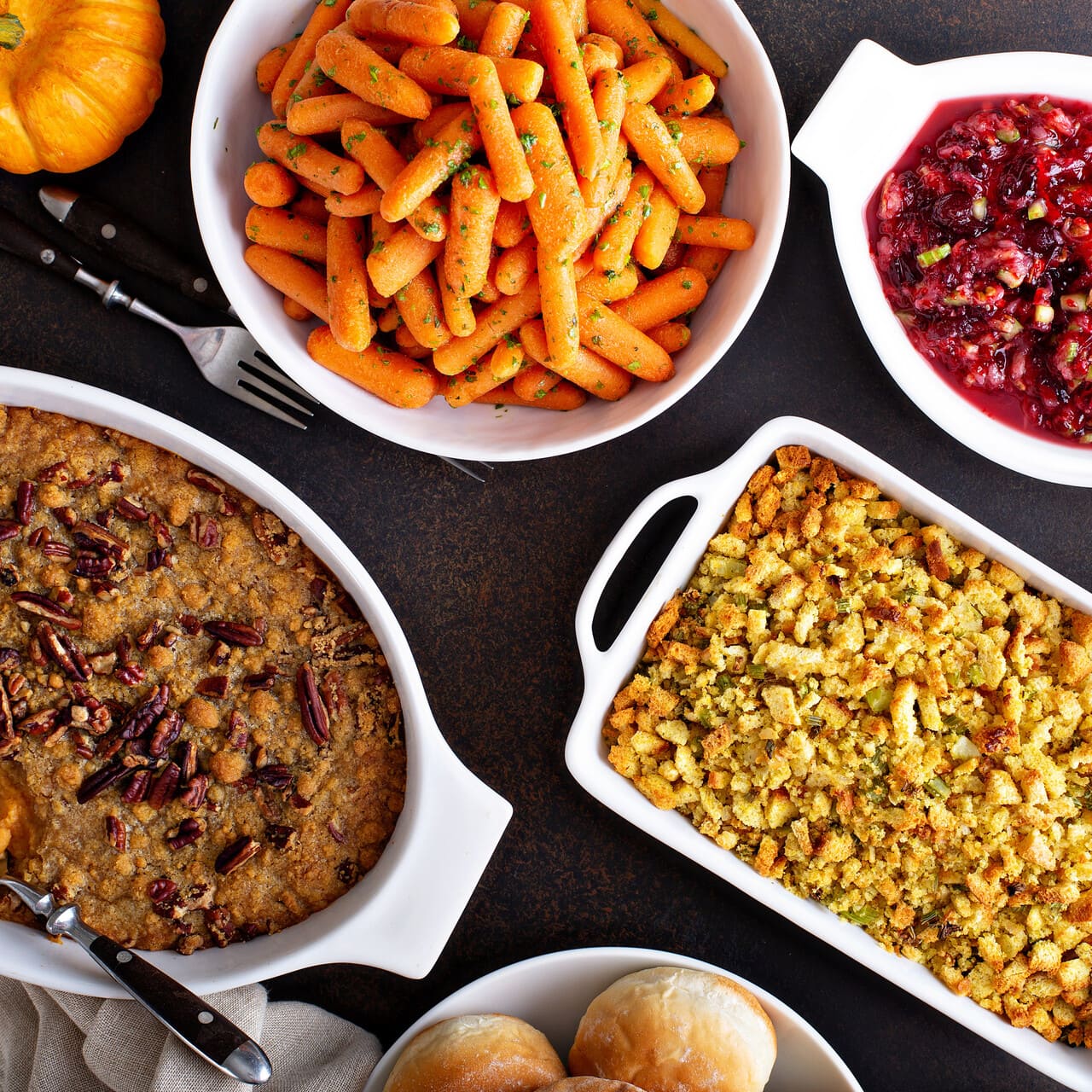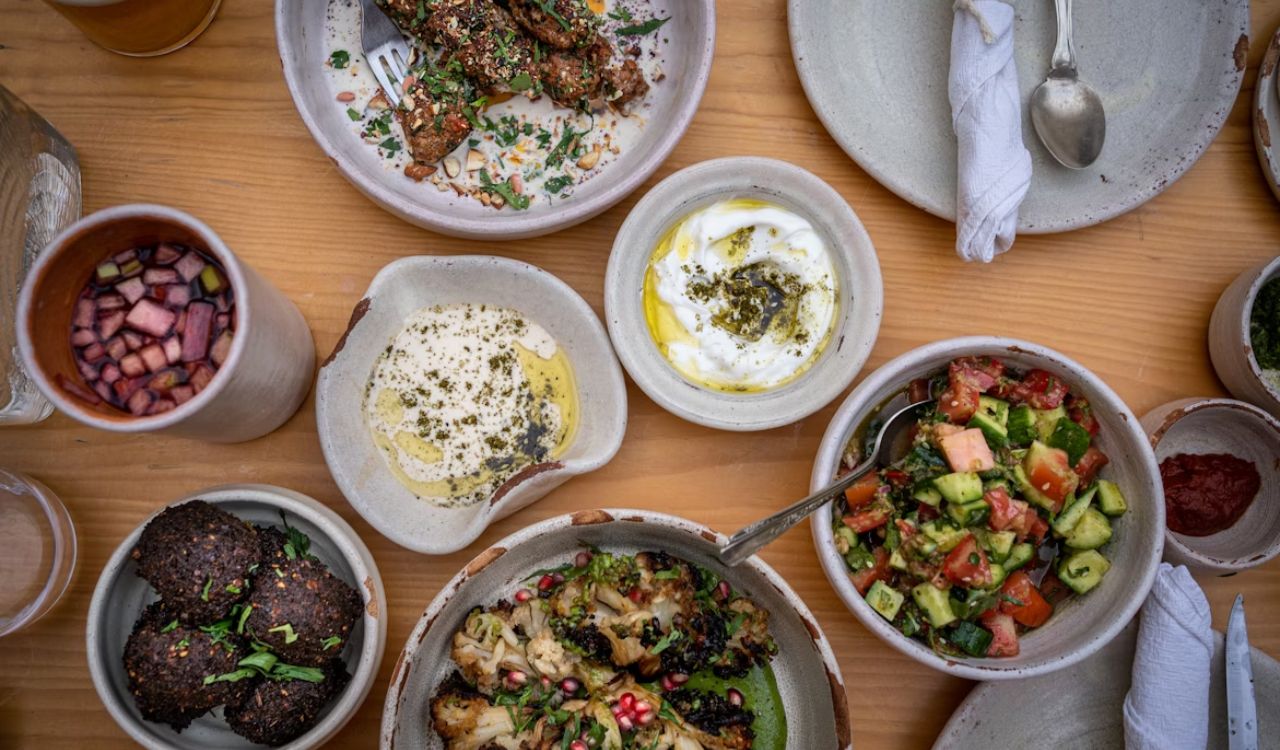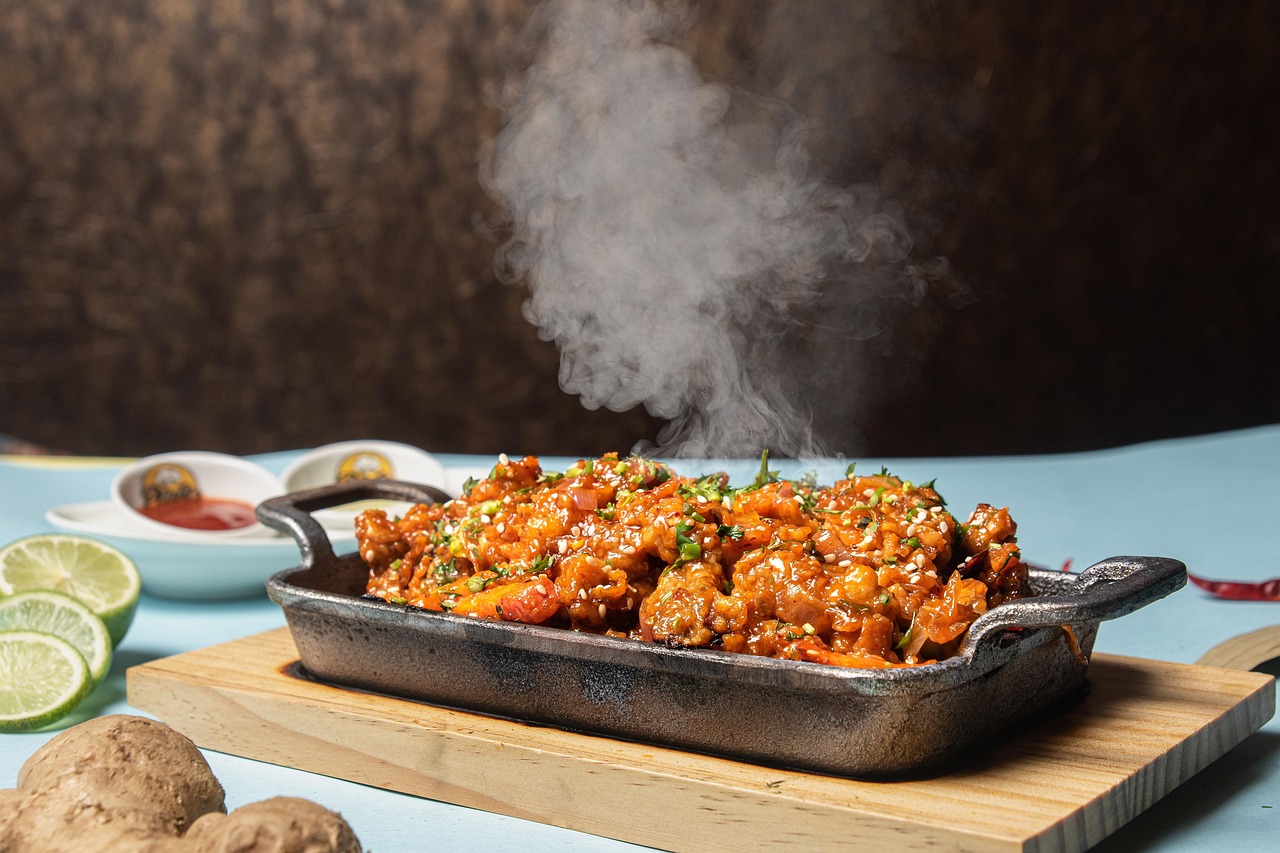8 Kitchen Tools You Should Replace to Stay Safe While Cooking
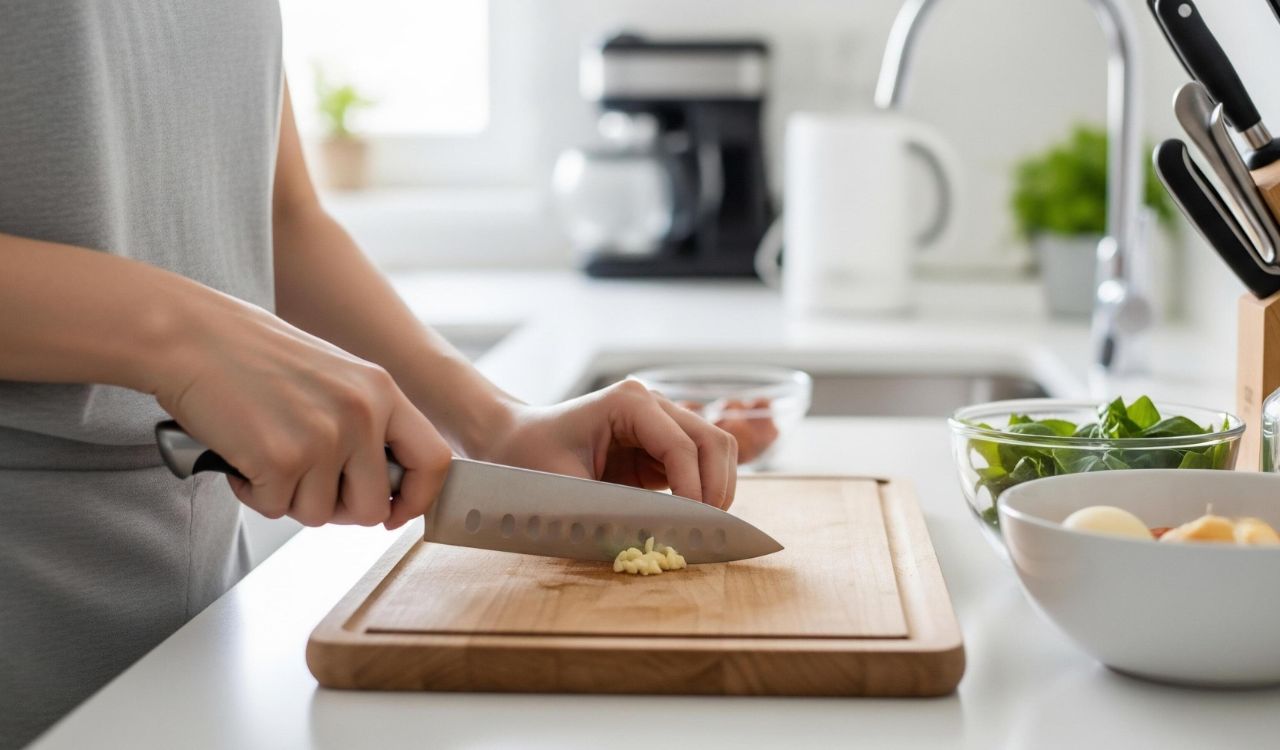
A well-equipped kitchen makes cooking enjoyable, but old or damaged tools can pose hidden risks. Dull knives, scratched pans, and cracked utensils may seem harmless, yet they can cause accidents or contaminate food. Replacing worn-out items is a simple way to keep your kitchen safe, hygienic, and efficient. Even the most trusted tools have a lifespan, and knowing when to say goodbye can prevent injury and illness. Here are eight kitchen essentials that deserve a second look and may need replacing to ensure safer, smarter cooking every day.
1. Cutting Boards
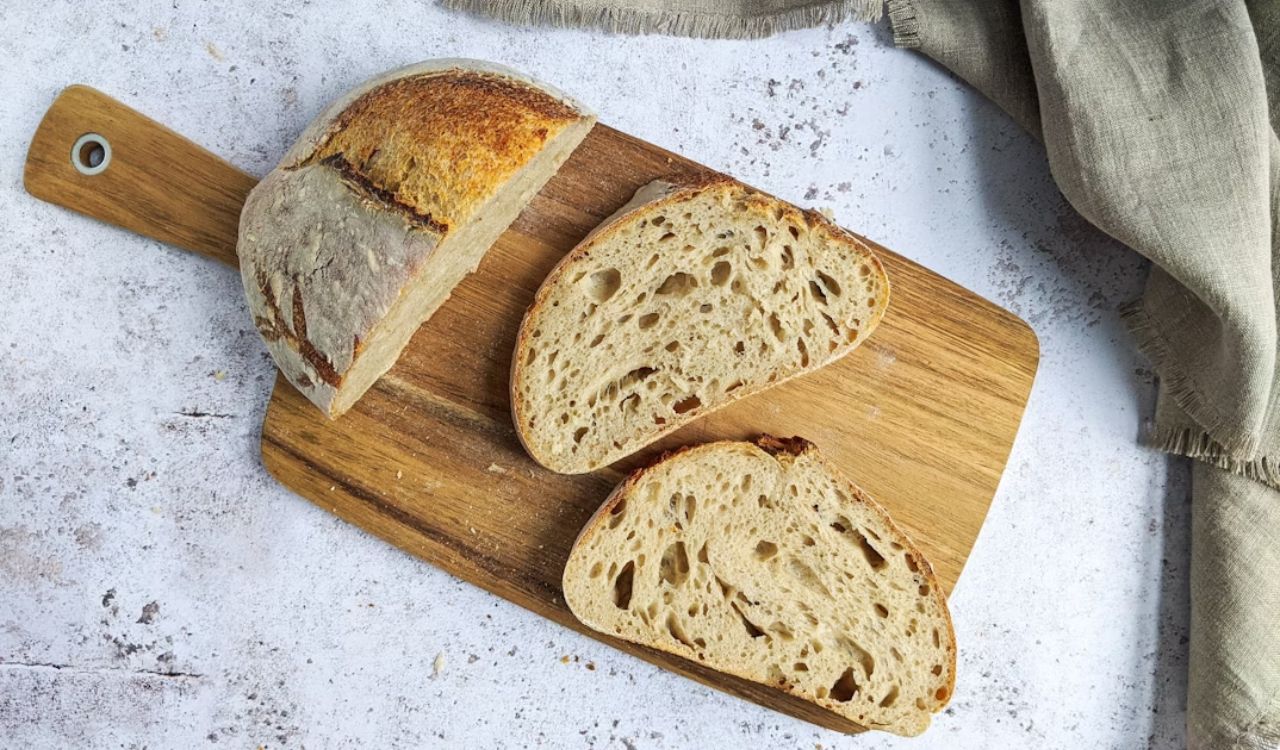
Cutting boards are used daily, which means they quickly develop knife grooves that trap bacteria and juices from raw meat. Even with careful washing, these cuts can harbor microorganisms that transfer to other foods. Plastic boards are particularly prone to this problem, while wooden ones eventually split or warp. Once your board has deep cuts, stains, or persistent odors, it is time to replace it. Keeping separate boards for meat, produce, and bread also helps prevent cross-contamination. A new, smooth cutting surface makes meal prep cleaner and safer for everyone.
2. Nonstick Pans
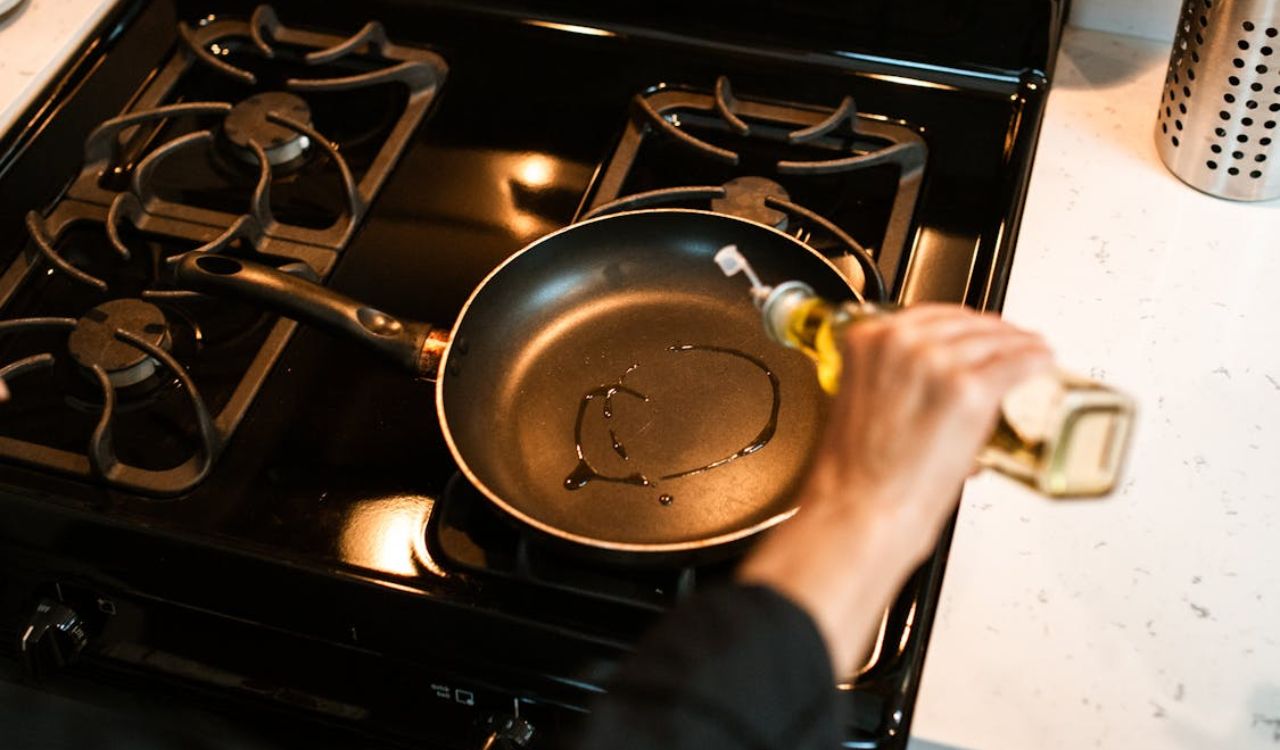
Nonstick pans are great for quick cleanup, but their coating deteriorates over time. Once scratched or peeling, they can release tiny flakes or fumes, especially when exposed to high heat. Using metal utensils accelerates this wear, reducing the pan’s lifespan. If your pan surface feels uneven or you notice dark spots or chips, it is time for a new one. Choose ceramic, cast iron, or stainless steel as more durable alternatives. Proper care and replacement of nonstick cookware help ensure your meals remain healthy and free of unwanted residue.
3. Sponges
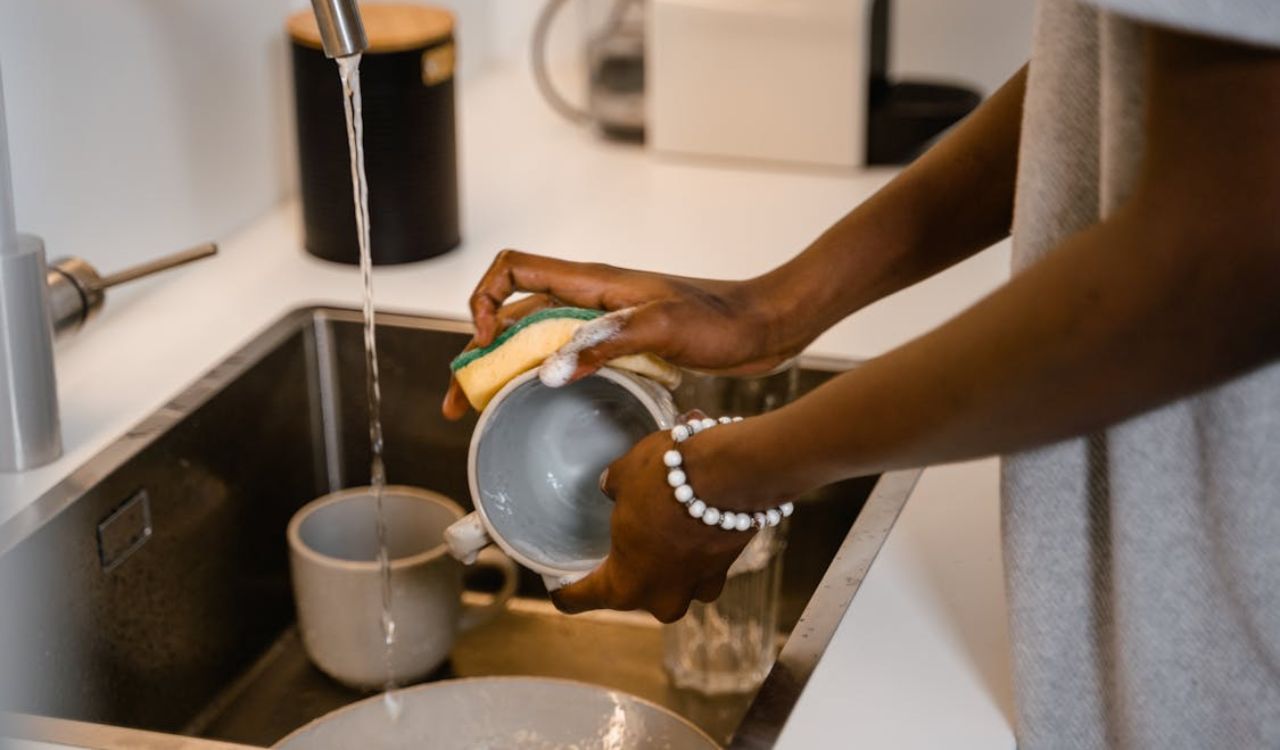
Sponges are one of the dirtiest items in any kitchen. They absorb grease, food bits, and bacteria, spreading contamination if not replaced often. Even rinsing and microwaving can only do so much. A sponge that smells, looks discolored, or feels slimy should be thrown out immediately. Most experts recommend replacing sponges every one to two weeks, depending on usage. For a longer-lasting alternative, consider using washable dishcloths or silicone scrubbers. Keeping your cleaning tools fresh is essential to maintaining a safe, germ-free kitchen environment.
4. Knives
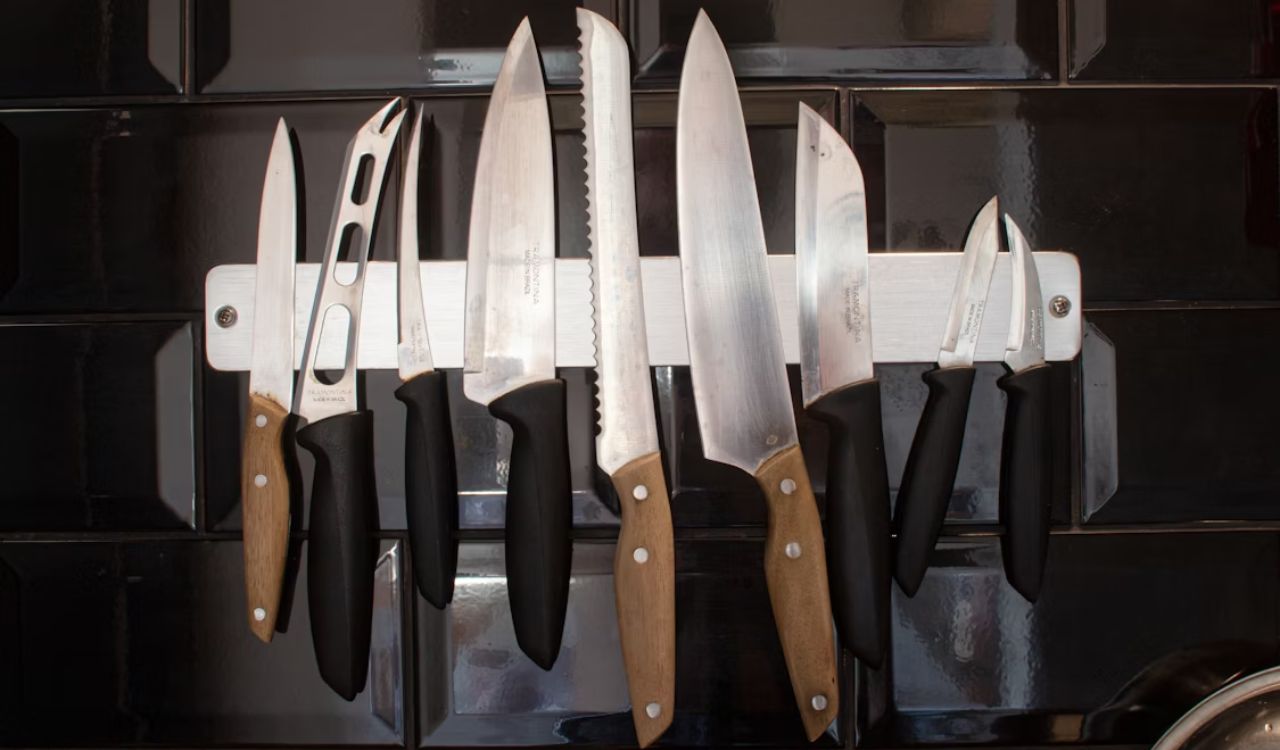
A dull or damaged knife is a safety hazard. When blades lose their edge, they require more force to cut, increasing the risk of slipping and injury. Over time, knives also develop rust, chips, or loose handles that make them harder to control. While sharpening can extend their life, knives that no longer hold an edge should be replaced. High-quality knives with full tang construction last longer and perform better. Replacing worn knives improves cutting precision and ensures safer handling during everyday cooking tasks.
5. Plastic Utensils
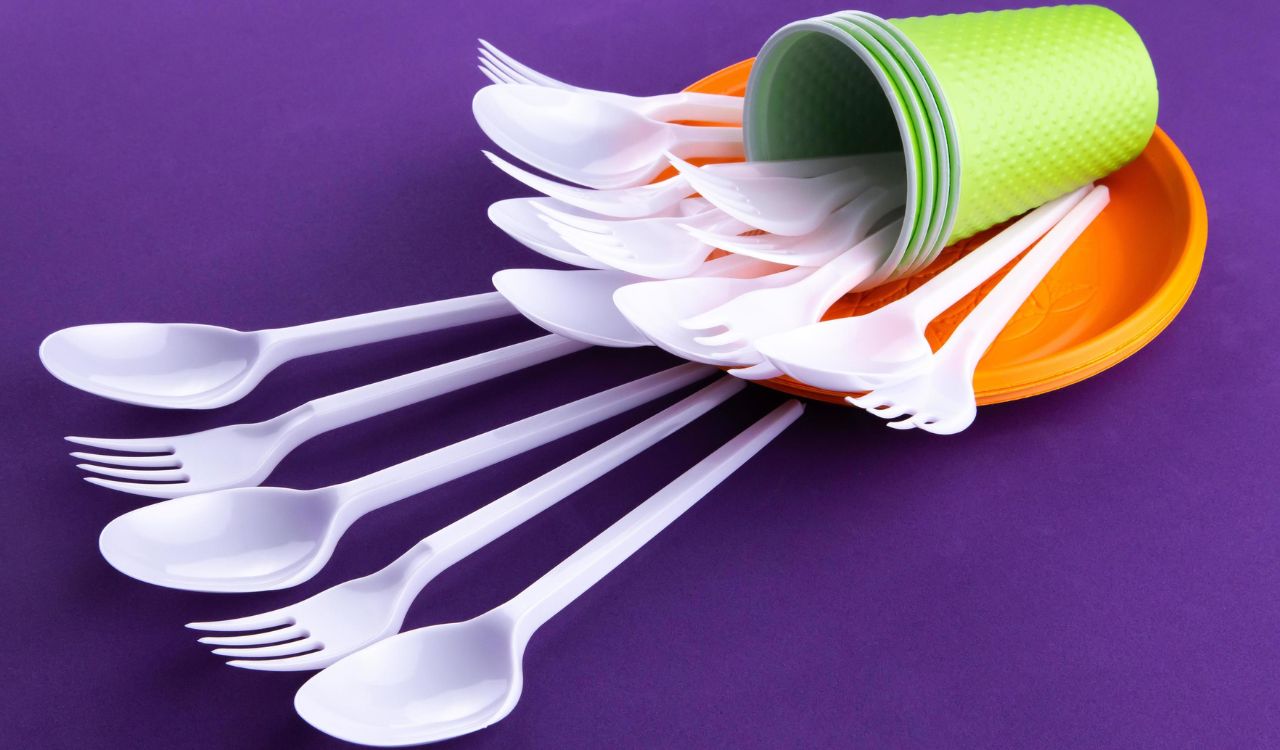
Plastic utensils can warp, melt, or leach chemicals into food when exposed to high temperatures. Over time, they also develop scratches that trap bacteria and odors. If your spatulas, spoons, or tongs show signs of discoloration or bending, it is best to replace them. Look for heat-resistant silicone or stainless steel tools that last longer and clean more easily. Keeping your utensils in good shape prevents contamination and makes cooking safer. A small upgrade in materials can make a noticeable difference in both hygiene and performance.
6. Food Storage Containers
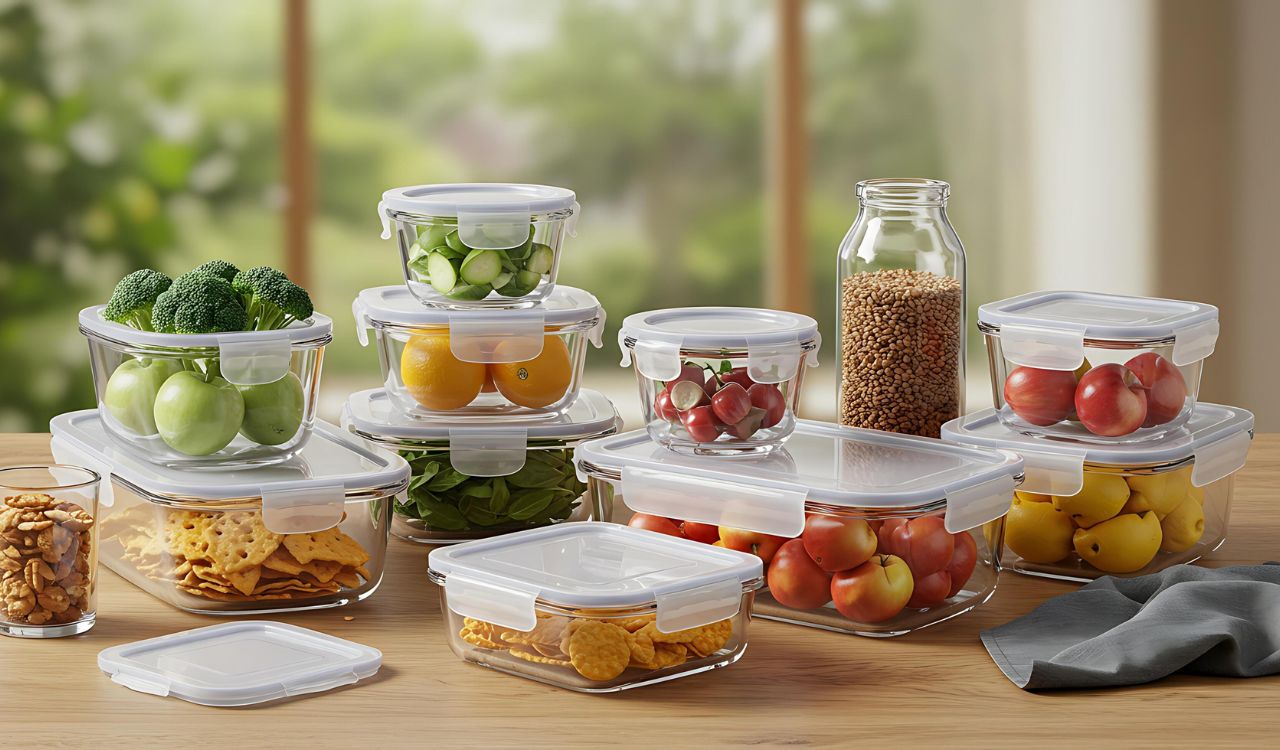
Food containers often outlive their safety window. Plastic ones may become stained, warped, or cracked, making them difficult to clean and prone to leaks. Some older containers also contain BPA, which can transfer to food, especially when heated. If your containers no longer seal properly or show damage, replace them with newer BPA-free or glass options. Airtight lids help preserve freshness and prevent spills. Safe, durable food containers are a small but important step toward healthier food storage and better kitchen organization.
7. Wooden Spoons
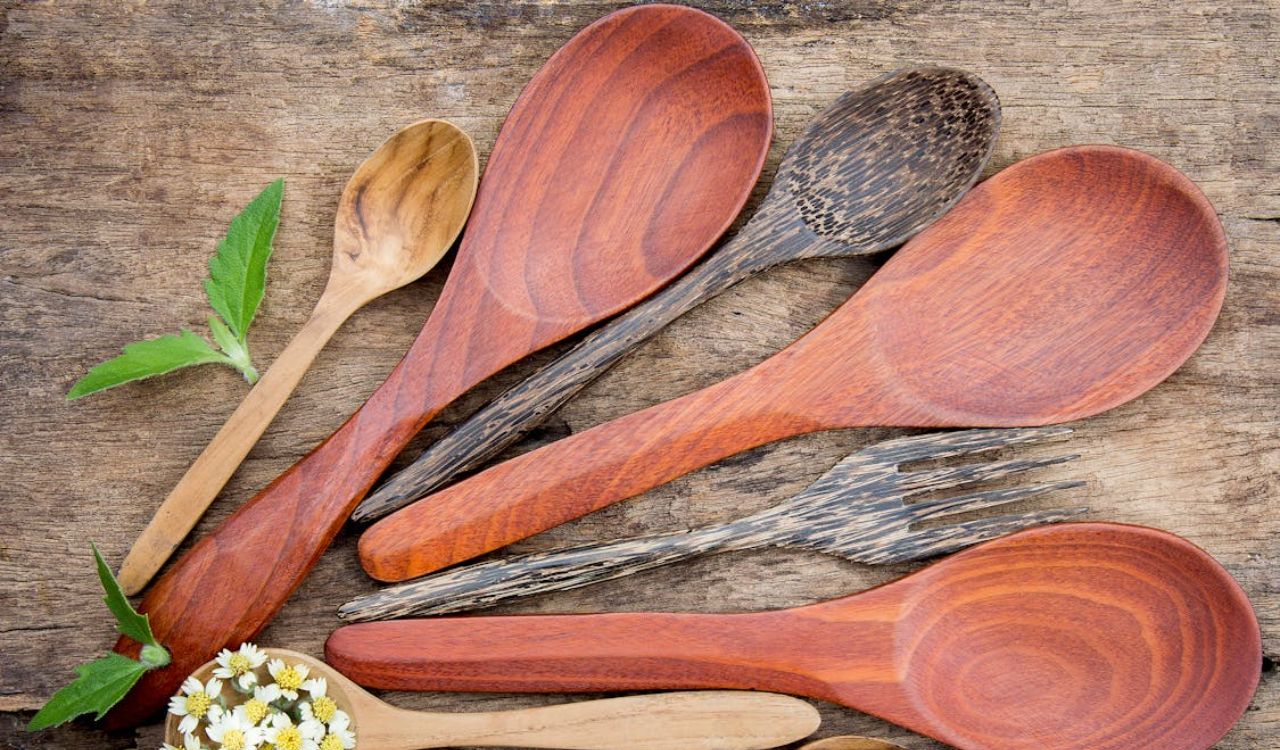
Wooden spoons are durable, but they eventually absorb moisture, oils, and odors that can harbor bacteria. Cracks, splinters, and discoloration are clear signs that they have reached the end of their use. Regular oiling can extend their life, but once the surface becomes rough or smells unpleasant, replacement is the safer choice. Avoid soaking wooden utensils for long periods, as it weakens the fibers. If you prefer long-lasting alternatives, bamboo or silicone spoons provide the same versatility while being easier to sanitize and maintain.
8. Oven Mitts
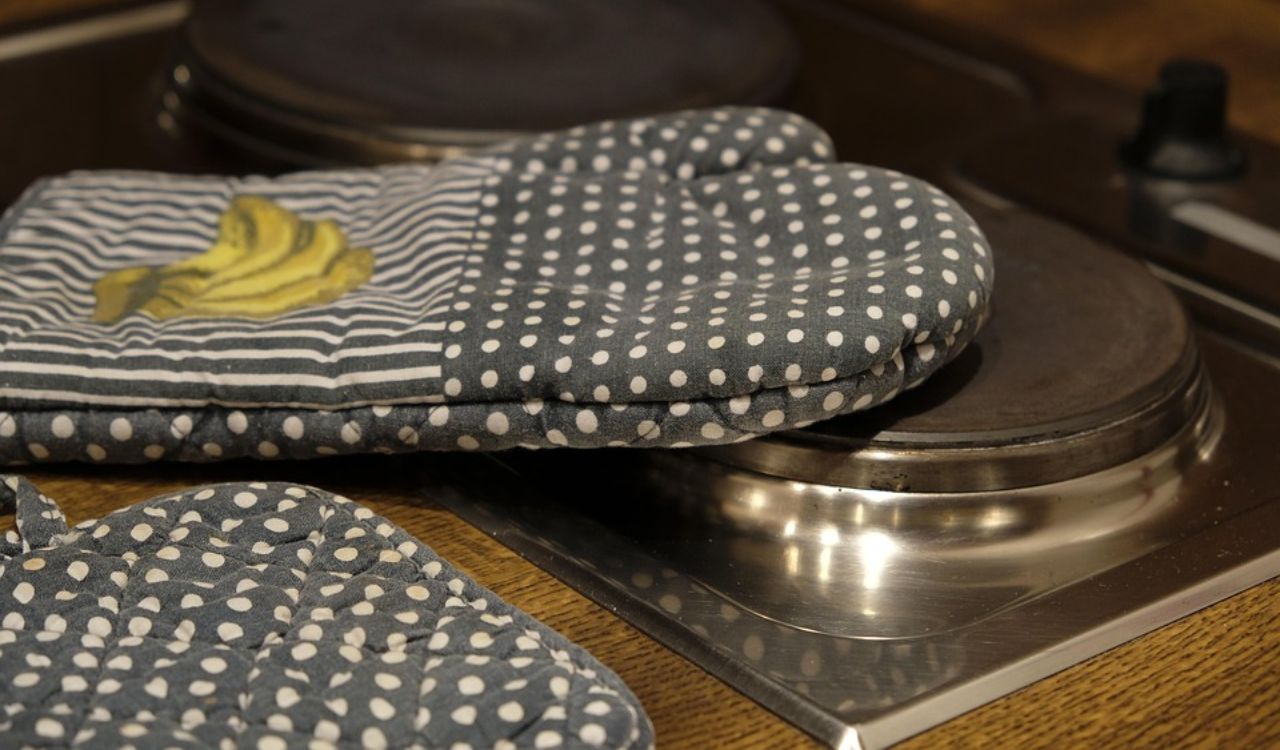
Oven mitts protect your hands from burns, but worn-out ones may not provide enough insulation. Over time, heat exposure, washing, and spills can thin the fabric or damage the lining. If your mitts have holes, tears, or stiff, greasy spots, it is time to replace them. Look for new mitts made from silicone or quilted cotton with a firm grip and high heat resistance. Fresh, well-insulated oven mitts help prevent accidents when handling hot pans and dishes, keeping your kitchen both safe and comfortable.


